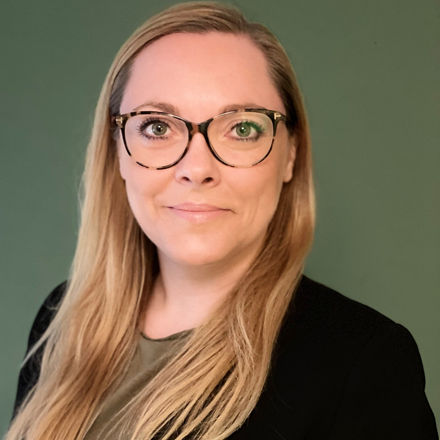Circular Brushing in a Circular Economy
It’s small, it’s of everyday importance, and we keep it for quite a while before throwing it away – the toothbrush. Accordingly, its share of plastic waste seems small. In fact, Germans use their toothbrushes on average twice as long as recommended by dentists, only changing it every four to five months. But if you consider that nearly everyone brushes their teeth, this translates into around 150 million toothbrushes a year ending up in the trash in Germany alone. Worldwide, several billion. A huge amount of plastic.
Plastic that could theoretically not only be collected, but even recycled. That’s where the real challenge begins:
The plastic for the toothbrush bristles requires different properties than in the handle. Bristles should be at the same time abrasion-resistant, flexible, and splinter-proof.
We have modern high-performance plastics to thank for the fact that they meet these requirements. For centuries after the invention of the toothbrush, people used animal hair, which broke easily, and later nylon fibers, which were hard and damaged the gums. Neither is healthy for dental hygiene. Nowadays, by far the best solution is provided by long-chain polyamides, whose filaments are extremely powerful and elastic. The handle, on the other hand, must above all be stable.
In fact, there is one plastic that can be used as an excellent filament material, but also meets the assorted demands for different toothbrush components: VESTAMID®. Behind the brand name is a whole range of long-chain polyamides that have long been used as a high-performance plastic for toothbrush bristles whenever high quality is required. But the plastic can also be used effectively for the other toothbrush parts. Made from a single material, such models would then be recyclable. Evonik has now worked with project partners to develop and manufacture prototype toothbrushes made purely of VESTAMID®. “That should be our societal goal,” Krampe emphasizes: “Recyclable products from which a circular economy can be established.” In the future, users will not only brush their teeth in a circular motion, as dentists recommend – but rather, the instrument itself will also become a truly circular product.
Using sustainable raw materials
To further improve the ecological footprint of the toothbrush, a more sustainable material is also used in this case: VESTAMID® eCO, a polyamide-12 (PA12). The eCO range is build on renewable or circular raw materials, thus already significantly reducing emissions of the greenhouse gas carbon dioxide during production. This is achieved through the mass balance approach. That means that the content of renewable or circular raw materials are determined throughout the entire value chain. A neutral party then verifies this across all production stages. “The quality and performance of the end product does not change in any way through the use of this renewable raw material,” Krampe points out. Evonik has many years of experience with PA12.
In addition to the properties already mentioned, the high-performance plastic is also particularly temperature resistant and has the lowest water absorption characteristics of all polyamides. Consequently, Evonik is currently building a new plant complex for PA12 in Marl, which will increase Evonik’s production capacity by 50 percent.
Excellent properties for bristles
For the toothbrush prototypes that Evonik will present and distribute at the Plastics Fair 2022 in Düsseldorf, cooperation was sought out with experienced partners. For example, experienced Mexican manufacturer PMM produced the bristles out of VESTAMID® eCO; the company has more than 40 years of expertise when it comes to innovative toothbrush bristle production. “PA12 eCO is a material that has excellent properties for bristles,” says PMM Managing Director Enrique Mejía, “especially compared to other plastics.” Germany-based Zahoransky AG then took care of final production of the entire prototype. Among other things, the family-owned company specializes in injection molding tools for toothbrush production. “PA12 as an injection molding material for handles was an innovative step for us, too,” says Ingo Kumpf, Head of Research & Development at Zahoransky, “but it worked extremely well. We demonstrated that production works well with our tools.”
This is the first time Evonik has demonstrated that toothbrushes can actually be made from single materials. According to Krampe, it is a first step toward concrete collaboration with customers and partners on how sustainability can be reimagined: “We want to use this innovation to invite everyone to start a debate about the possibilities of a circular economy.” After all, there is no doubt that the existence of recyclable products is only the first step. The task now is to clarify together how exactly a circular economy could be built on this. “There are quite a few conceivable possibilities,” Krampe emphasizes. “Will future drugstores offer toothbrush recycling in addition to batteries?” It is in any case worthwhile to start discussions and bring use cases to life. Evonik has made a start:

Any questions?
Head of Market Communications High Performance Polymers
